
Lucy Saunders is a UK public health expert who specialises in the impact of street design on public health, and the brains behind a landmark collaboration between a charity and a London council to create healthy, people-centred neighbourhoods.

Ms Saunders is responsible for developing the Healthy Streets program, which aims to build equity and health into the environment, and which provided the framework for London’s 25 year Transport Strategy.
Ms Saunders spoke about the program, and how it was used to improve low-income neighbourhoods in a London bourough, at a micromobility conference in Sydney last week.
Ten indicators
Her Healthy Streets formula is based on 10 indicators including include shade and shelter, easy roads to cross, welcoming for everyone, places to stop and rest, not too noisy, safe, people choosing to walk or cycle, clean air, ability to relax and things to see and do.
As part of her work she uses the formula to train councils how to build healthy streets, including 150 local government officers across Australia.
Ms Saunders has also developed an assessment tool to rate how well local authorities and doing and where they can do better.
The Healthy Streets Approach has been applied in NSW and WA and is becoming incorporated into more local government policies in Australia, Ms Saunders says.
A public health consultant, a charity and a council walk into a bar…
In 2020 Ms Saunders embarked on a project across three neighbourhoods in the borough of Southwark aimed at supporting people to walk, cycle and socially distance, particularly around schools and parks in high-need neighbourhoods after covid.
It was done on a budget of just over $100,000 per neighbourhood which was provided to Southwark Council by Impact on Urban Health, a charity committed to creating healthier urban spaces.
“This was a very unusual situation and it could be the first of its kind that a health charity goes to a council and says we want to fund this kind of initiative,” Ms Saunders told Government News on the sidelines of the conference.
“The charities who have the financial resources don’t necessarily have the resources to be able to work with the council and that’s where I came.
“I was there to help the vision of the charity use a limited budget to deliver measurable impacts improving people’s health, paired with what the council was practically able to do.”
Consultation
The first step, Ms Saunders says, was deciding what was needed, and what was working and what wasn’t. Community consultation period, field visits and discussions with neighbourhood groups identified several issues.
They included kids being cramped on the footpath on way to school, having to cross busy roads and constantly facing a “stressful, battle with speeding traffic”.
A number of interventions were put in place – widening pavements, putting in new cycle stands, narrowing crossing points and carriageways, adding traffic filters like flower boxes and bollards and establishing cycling connections between neighbourhoods.
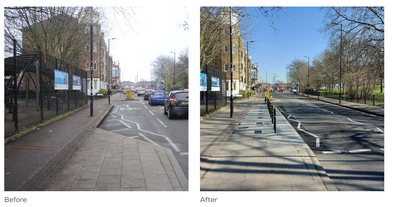
Outcomes were monitored and measured via video data, face-to-face street data collection and feedback from community network groups.
The healthy streets design check tool was used to give every street a score out of 100.
In one street, the score went up by ten per centage points, from a score of 29 to 39, thanks to simple changes including a traffic filter, a bench, the addition of planters and a dropped kerb.
On average, scores around the streets went up ten per cent.
“It shows how much a change we can make to our streets with very small interventions to improve accessibility and connectivity,” Ms Saunders said.
“We now see people using the streets in different ways, they can cross the street more safely.
“People from all walks of life are out and about cycling in a relaxed manner .. there are more people with smiles on their faces travelling through the streets.”
Challenges for councils
Councils face many challenges around creating healthier streets, she says.
“At the moment a lot of people are unaware their streets are not that healthy. They look beautiful but not many people think ‘oh, it’s difficult to cross the street if I have mobility impairment, it’s hot waiting for the bus, the bike doesn’t feel safe’.
“There needs to be a bigger conversation about all the people using the streets and what changes need to be made.”
There’s s no reason a similar collaboration couldn’t occur in Australia, Ms Saunders says.
“It’s not a typical arrangement, but if there was a charitable organisation or a benevelont fund that wanted to help deliver change for a local community I don’t see why they wouldn’t be able to do something similar in Australia,” she said.
As well usual a novel collaboration to deliver change, the charity program also showed that a lot can be done on a small budget.
“A lot of people think that delivering healthy streets is about spending lots of money and making things look beautiful.
“This shows you can do things with very little money and they don’t look very pretty but they do the job of delivering these then healthy streets indicators,” she told the conference.
Comment below to have your say on this story.
If you have a news story or tip-off, get in touch at editorial@governmentnews.com.au.
Sign up to the Government News newsletter
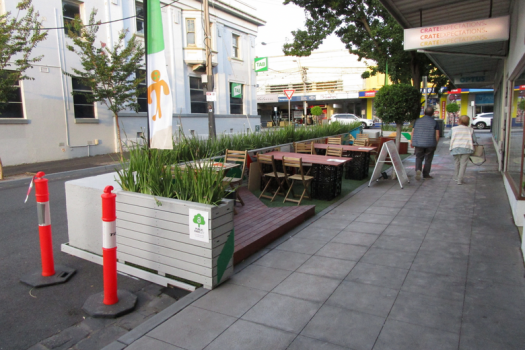
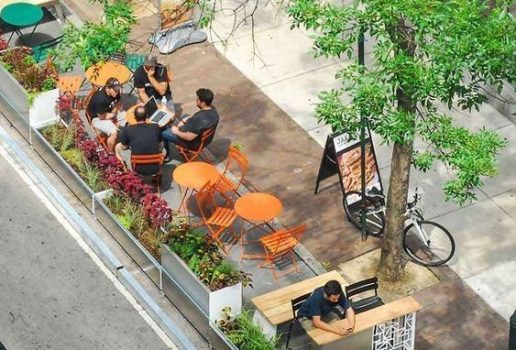
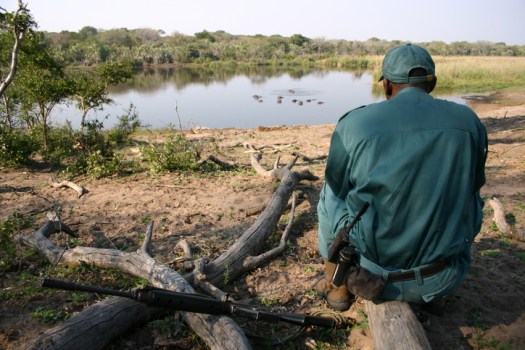
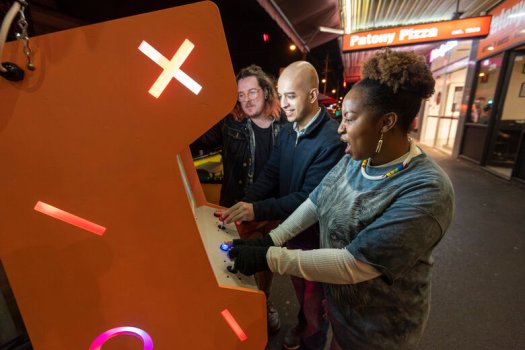
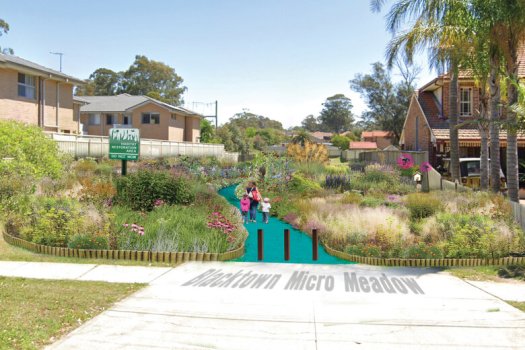

Its funny you know human nature being what it is. We build things eg cities/highrise etc we manufacture things etc which we think in general that we like and think we need for us to “progress” as a society, yet ,we cannot see things which naturally help our health ,our amenity, our well being and community of togetherness living in harmony in a less stressful environment. All of what you say Lucy is not rocket science ,but it takes someone like you and congratulations for that, to draw it out. Just look back a bit in time and in different places around the world and you will see it is possible